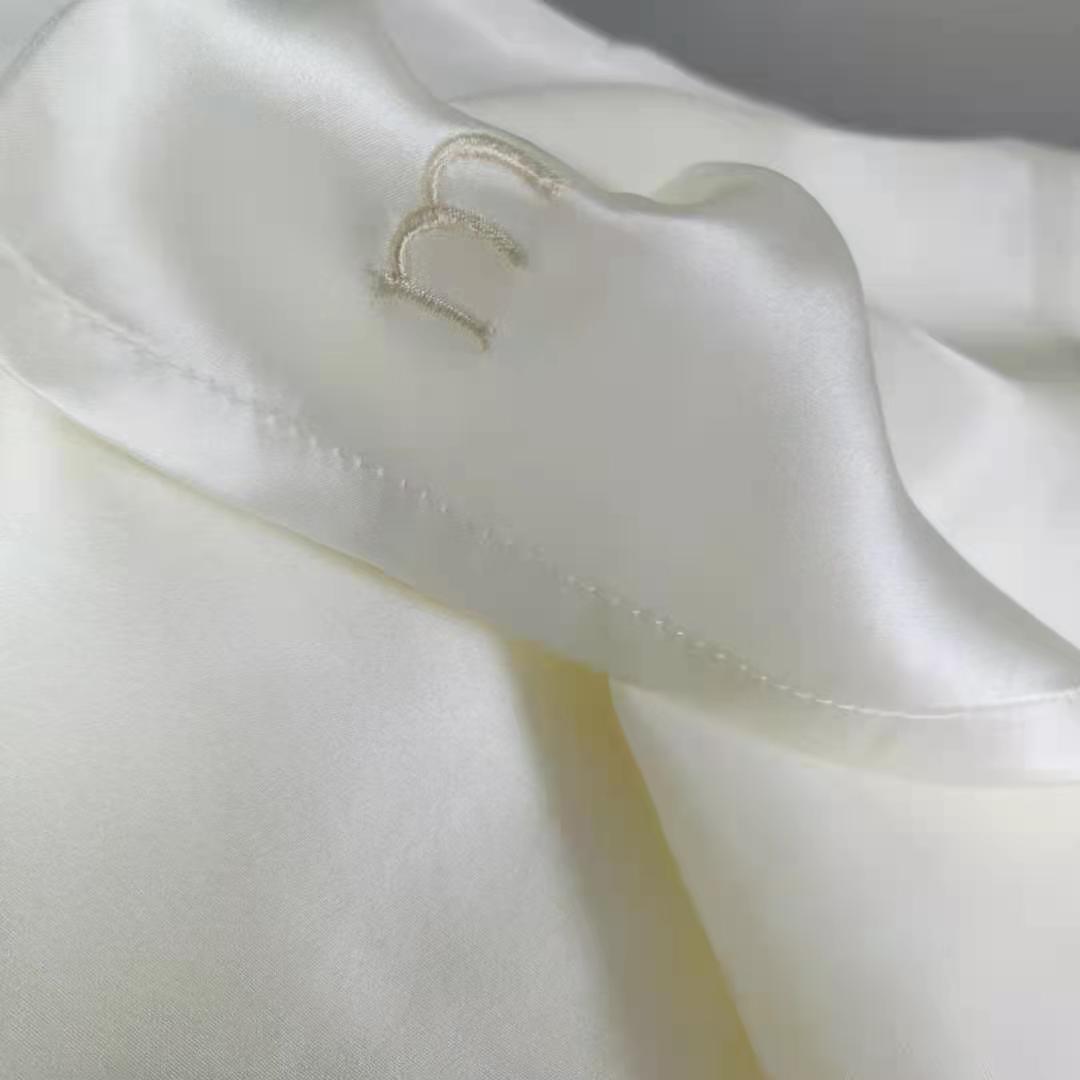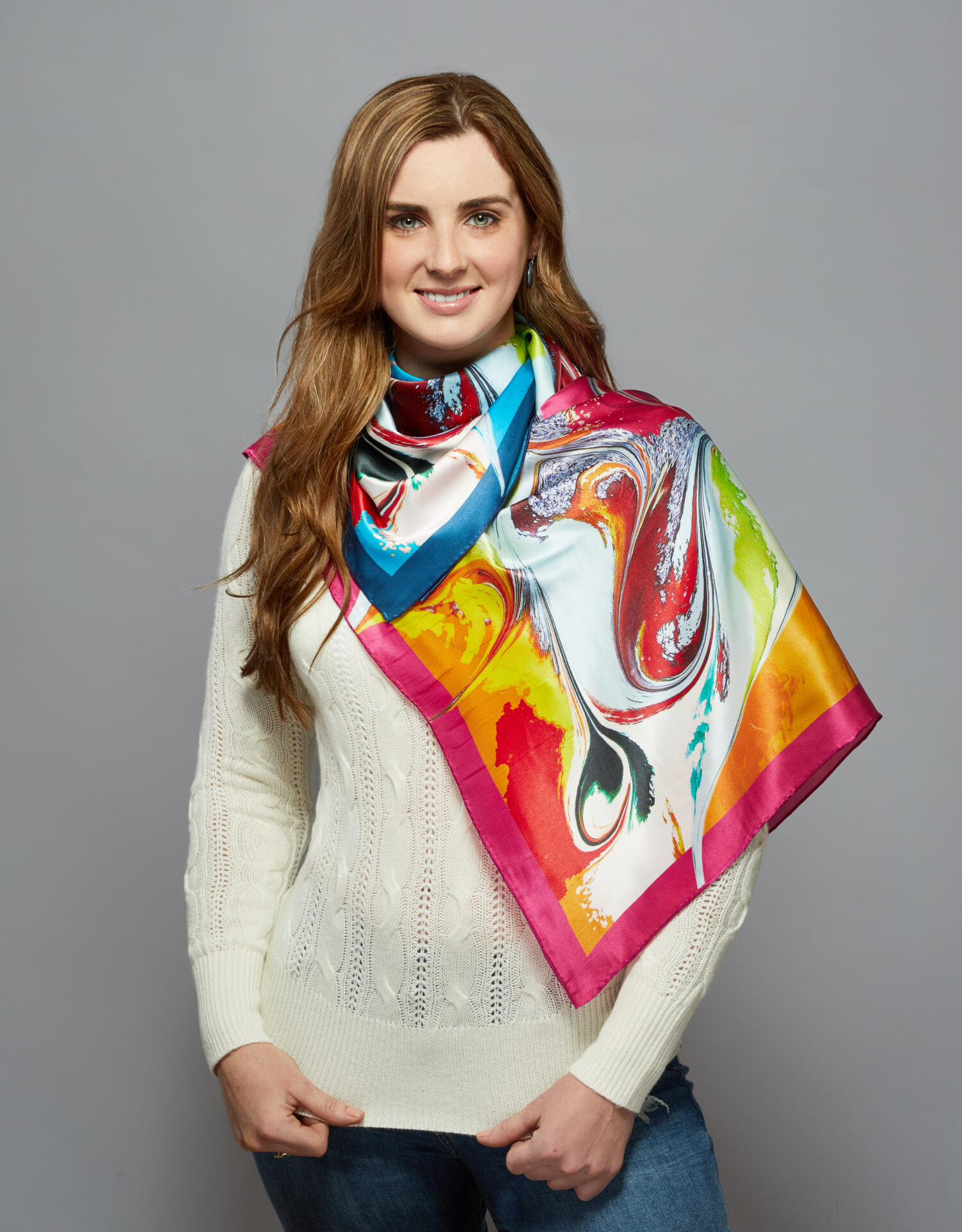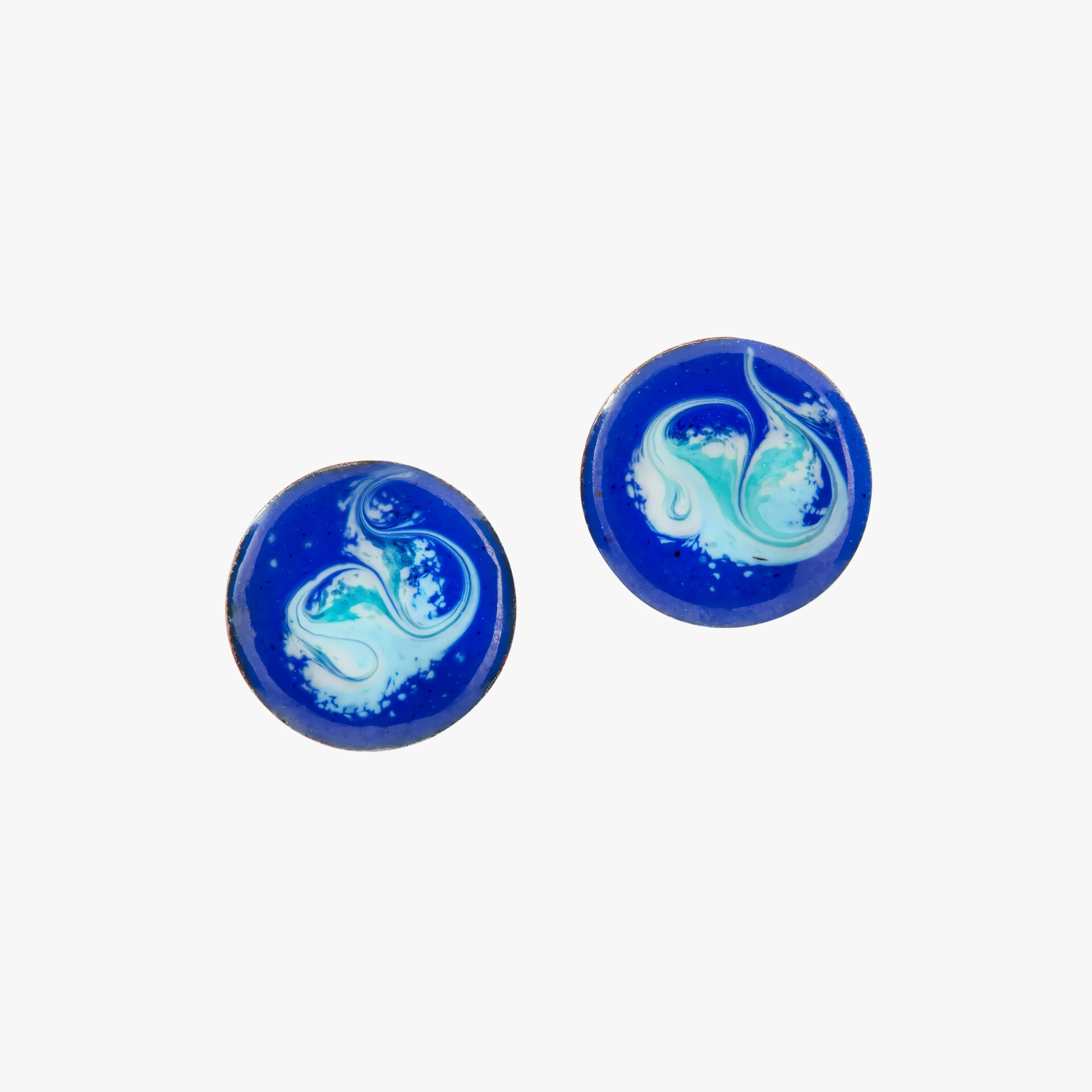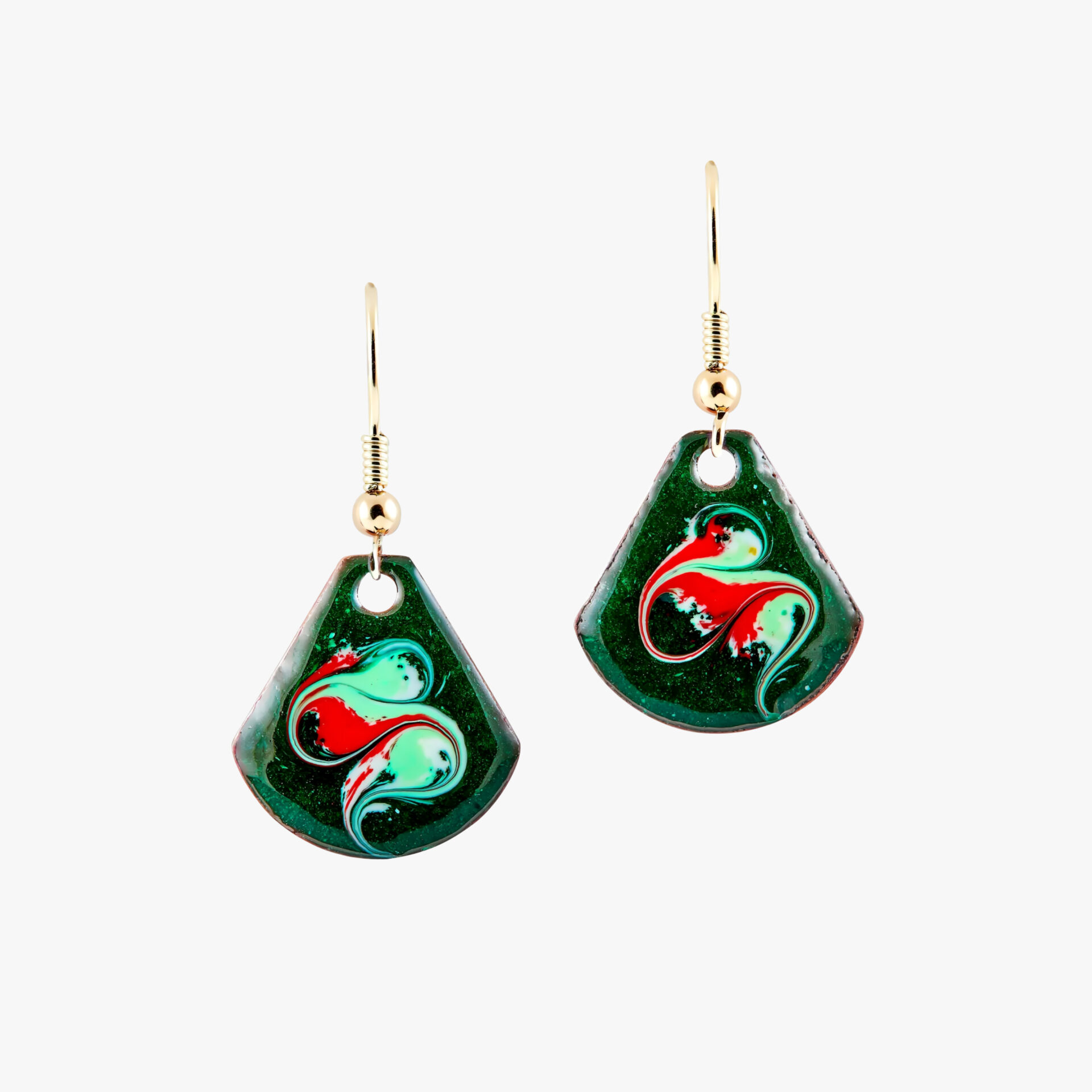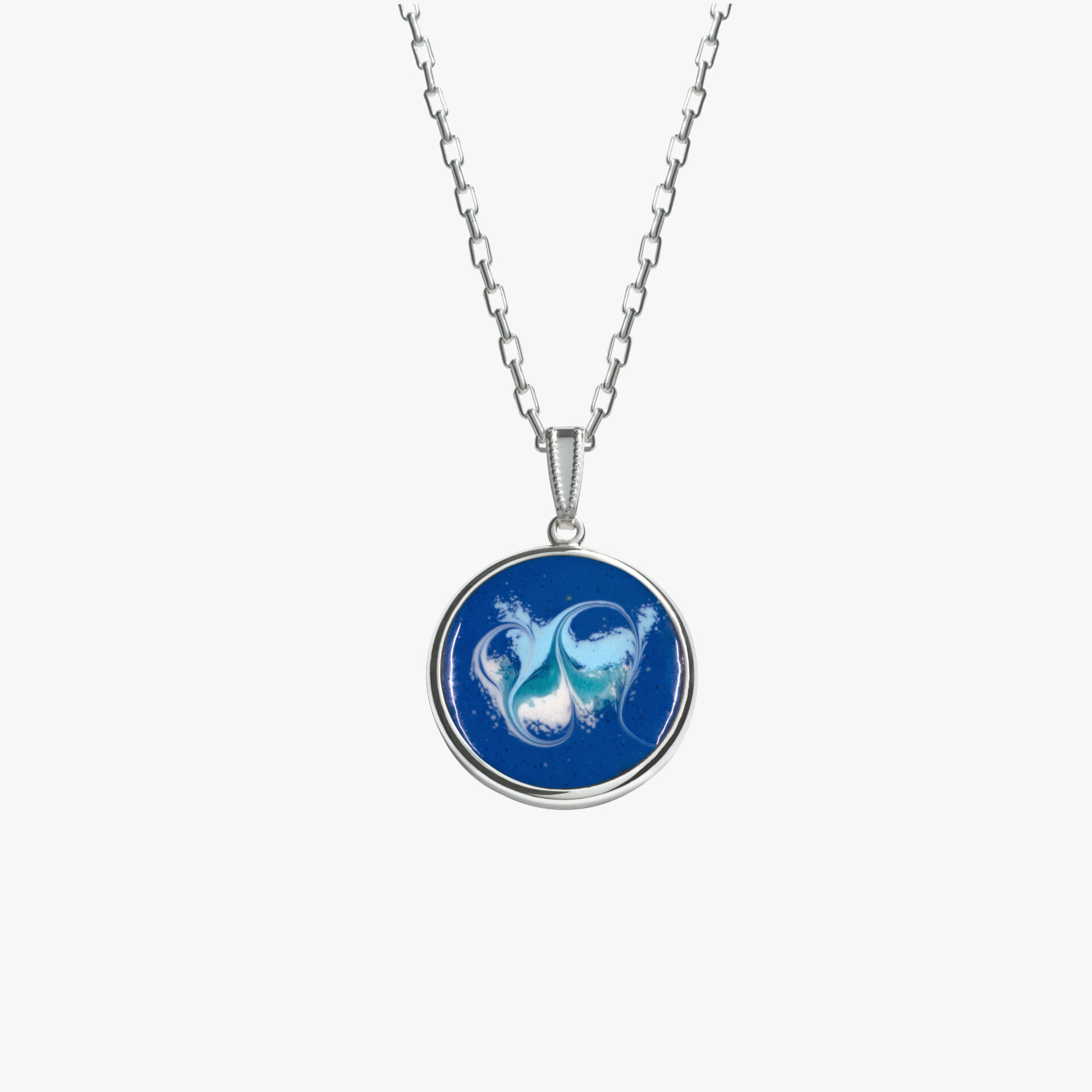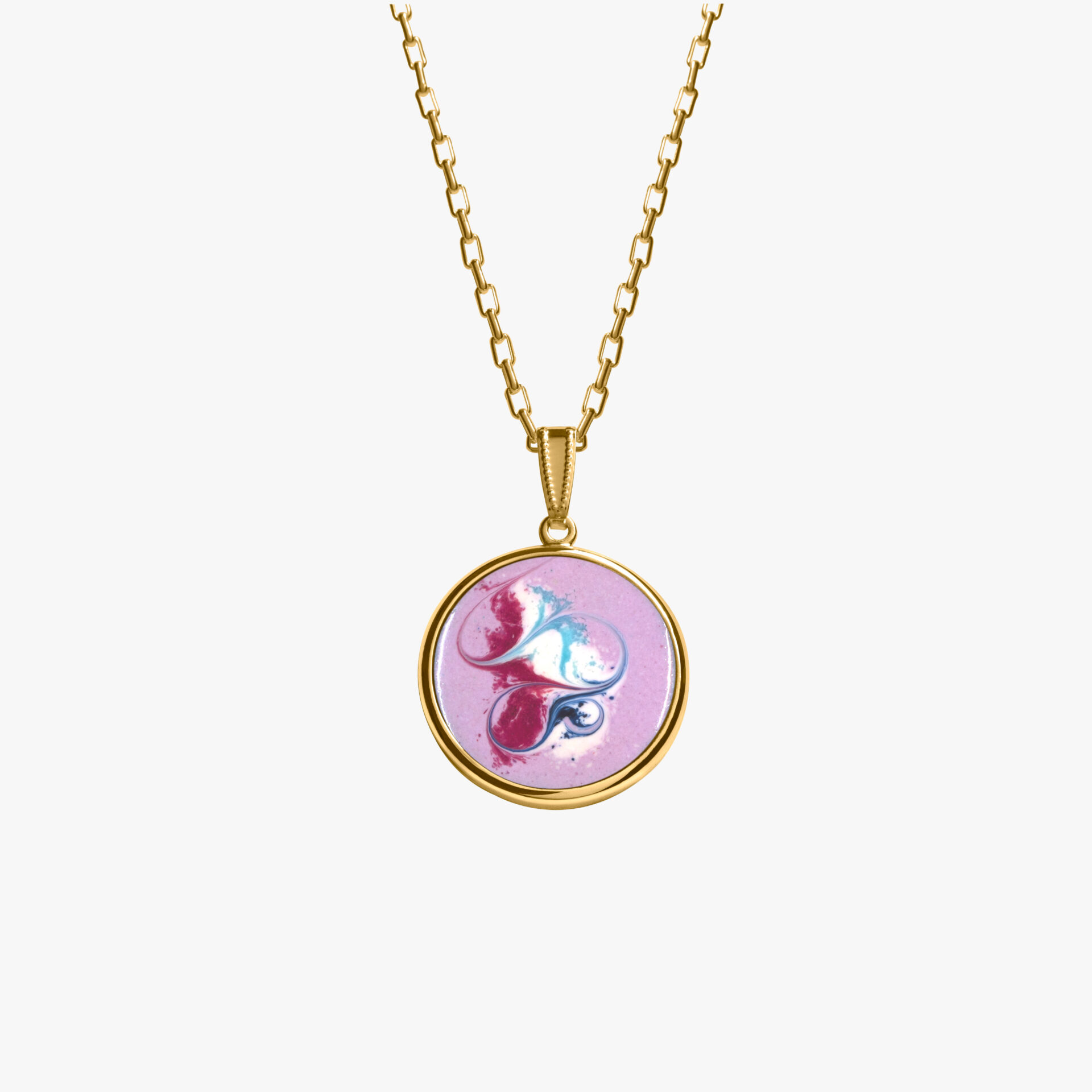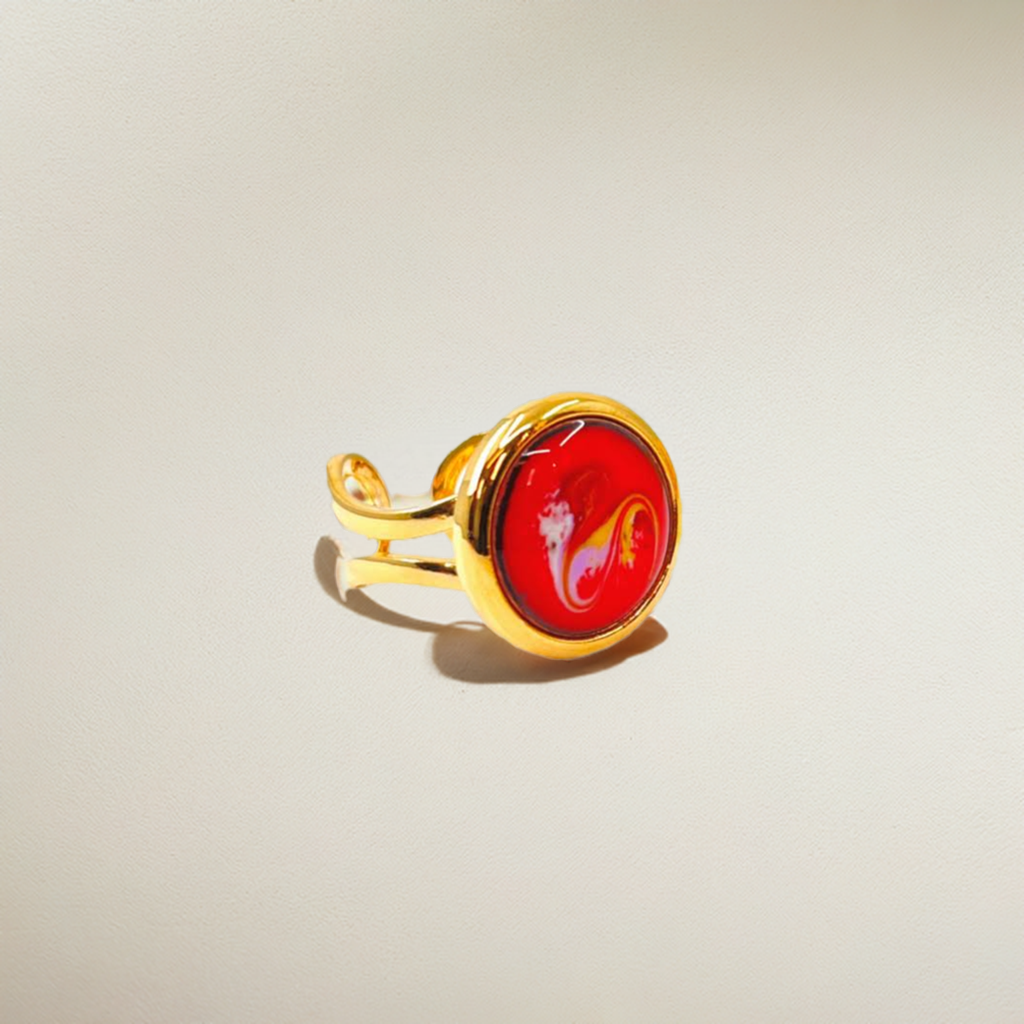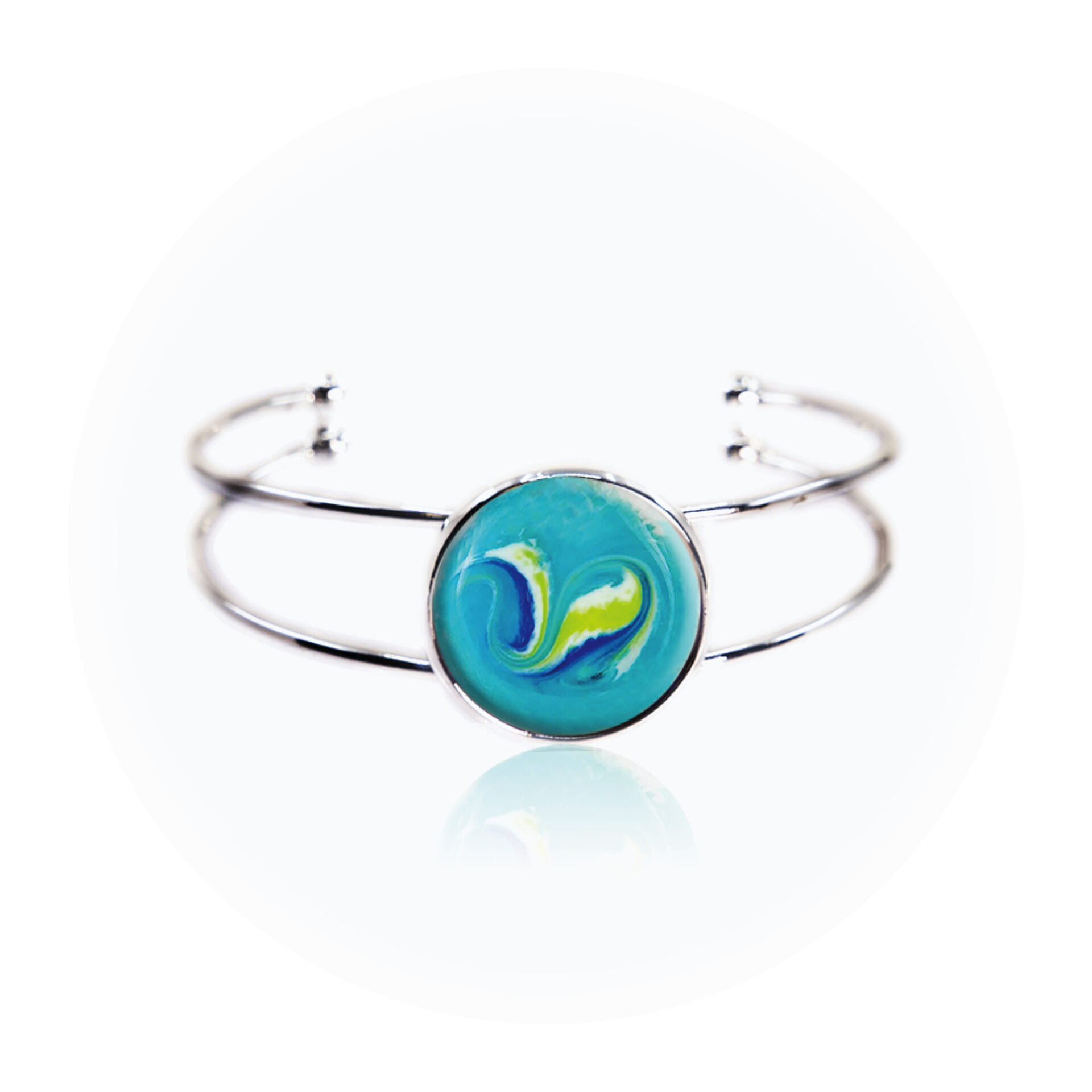Blog
A Short History of Jewellery Enamelling
The art of enamelling jewellery is an ancient one. The earliest archaeological finds from ancient Greece date from 1600 BC. Enamelling on metal is very hot work. The process requires temperatures in excess of 500 degrees centigrade which melts the enamel creating an impermeable bond, a smooth surface and brilliant colours.
The history of Enamelling
For centuries enamelling would be used primarily for the creation of religious objects and most of the oldest artefacts involved enamelling on gold (Cloisonné technique). The museum of Cyprus in Nicosia houses a golden sceptre (1100 BC) which was found near Episkopi and its spherical top is enamelled in white, lilac and green.
From the 5th century BC the La Tene culture of Western Europe produced enamel objects on bronze usually of a bright red colour. The Greek writer Philostratus of Lemnos witnessed that the northern Barbarians of the ocean regions applied colours on hot bronze (Champlevé technique).
Celtic-roman art
The early middle ages from the 5th century AD onwards saw a new impulse of Celtic-roman art in what is today known as Ireland, England and Scotland. One of the most beautiful and well known pieces to be created in this period in Ireland is the Ardagh chalice. The chalice is elaborately decorated with layers of gold thread one on top of the other and at intervals are set cloisonné enamel bosses of blue and red.
Another very important and famous piece created in the period 400 AD to 800 AD is the Iron Crown. Originating in the time of Constantine (350 AD) it was Charlemagne who restored this crown of gold and added 21 of the 24 enamel plates and wore the crown at his coronation in 800 AD. Since then the Iron crown has been worn by 32 kings and emperors including Napoleon Bonaparte on the 2nd of December 1804. Today the crown is in the possession of the Monza Cathedral in Northern Italy.
During the late Middle Ages (1100 to 1500 AD) schools dedicated to Cloisonné enamelling sprung up in Liège, Cologne, Limoges and Silos. New Techniques were perfected such as “Translucent relief” and “Bas-relief”. Bas-relief is the filling of engraving or chisel marks with enamel.
Enamel painting
The Renaissance period (15th-16th Century) saw the beginning of enamel painting and the first work considered to be a true painted enamel is by Nardon Penicaud (1470-1542) in 1503. Leonardo Da Vinci wrote in his “treatise on Painting” – “A painting on thick copper, covered with enamel on which it is painted with enamel colours and then put into the furnace again and fired, far exceeds sculpture in durability”
The Grisaille (cameo) technique appears in 1530 and consists of firing dark enamel on a copper surface covered with white enamel figures completed with bas-relief firings. It is well suited to miniatures and snuff boxes and cameo pendants were popular at the time. The Guilloche technique is introduced where gold or silver sheet is covered by fired layers of transparent enamel. Faberge would later use this technique so famously at the end of the 19th century and early 20th century.
Art déco
The art deco period from 1920 to 1930 would see enamelling make a resurgence in many different art forms. Enamel art jugs created by Faure Atelier are highly sought after today.
At Meab enamels we feel we are continuing this 3,500 year old art of enamelling and producing our own unique style of jewellery which we hope will be enjoyed by people long after we have moved on too!




